20 great reasons to return to the Canary Islands
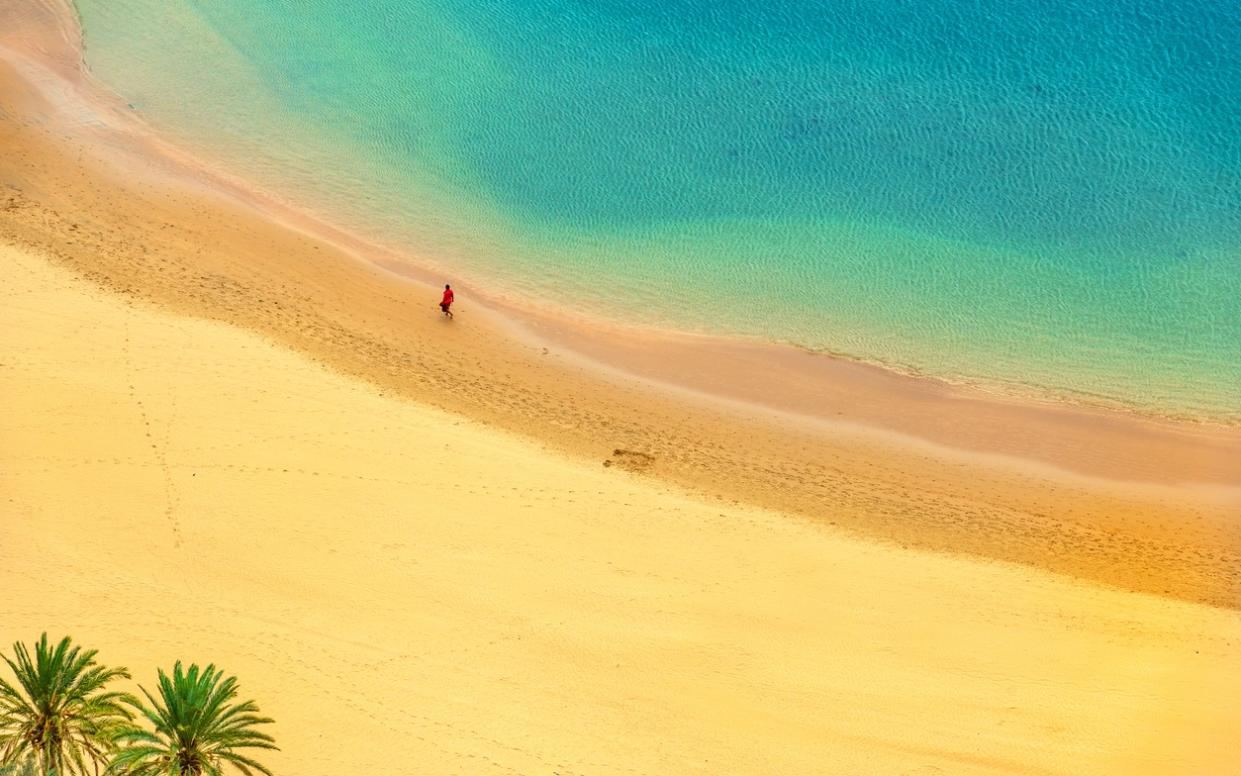
Britons can once again visit the Canary Islands without needing to quarantine when they get home
Ah, the Canary Islands. Beloved of Britons when the heating is on in Cardiff, Canterbury and Cowdenbeath, these great Atlantic outcrops are back on the menu.
While complications remain in place for travellers who want to leave the UK in the coming weeks – not least a second nationwide lockdown in Wales – those who do visit will no longer be required to self-isolate when they get home.
Tenerife is the best known fragment of the archipelago, but Gran Canaria, Lanzarote, Fuerteventura and La Palma are all equipped with excellent hotels and sumptuous seafronts, while the three smaller parts of what is officially an eight-piece jigsaw – El Hierro, La Gomera and La Graciosa – deal in a tranquillity that can feel a world removed from the main resorts.
But this is the point. For every accommodation mega-complex, there is a slab of dramatic volcanic scenery, an epic sand dune, a cool city district, a mighty cathedral, a tempting local restaurant, a family winery, or a starry sky to provide variety.
Of course, while your balcony and the temperature may invite indolence and a sleepy search for a suntan, there are plenty of reasons to forge out in search of the wider Canaries. Here are 20:
1. Peak conditions
You cannot miss Mount Teide – wherever you stay on Tenerife. And with good reason. At 12,198ft, it is the tallest mountain, not just in the Canaries, but in Spain and the vast Atlantic. It rises up wherever you look, and suggests you come out to play. This might mean one of the walking trails through the national park that cocoons the upper reaches of the volcano (see volcanoteide.com) – or tackling it via pedal power. Cycling Tours Tenerife (cyclingtourstenerife.com) hires out road bikes and e-bikes.
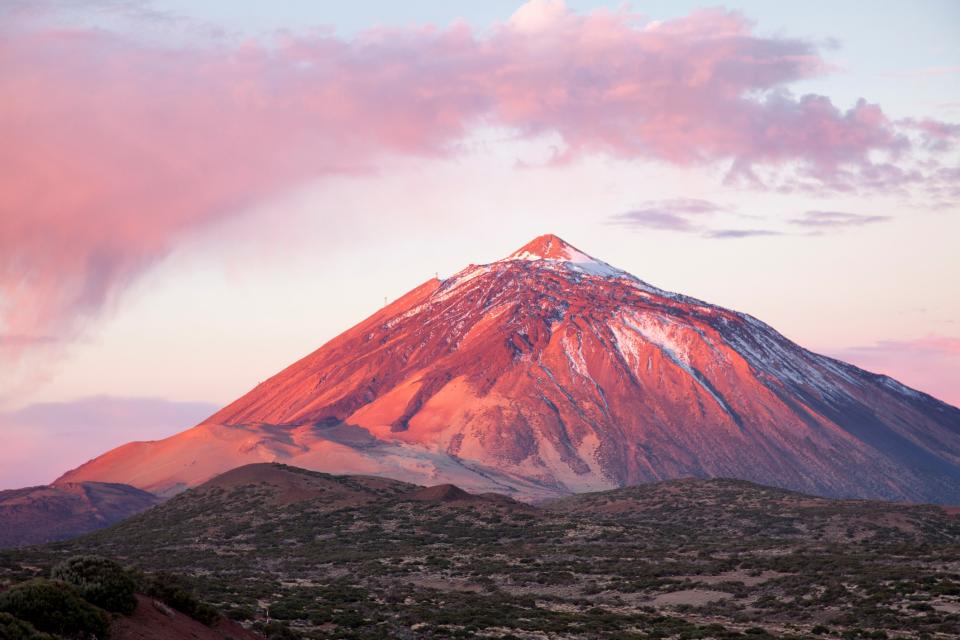
2. City life
The focus on the Canaries as a fly-and-flop sunspot tends to eclipse a crucial truth – that the islands are a vibrant and often cosmopolitan part of Spain. This is perhaps nowhere more the case than in Santa Cruz de Tenerife. The biggest city on the biggest island is a slice of sophistication, its remarkable opera house (auditoriodetenerife.com) – shaped like a breaking wave by the architect Santiago Calatrava – adorning the seafront; its central market (la-recova.com) awash with fresh produce and ringed with cafés. Its partner as archipelago capital, Las Palmas de Gran Canaria, is no less intriguing, wearing its 16th-century history proudly in an old town (Vegueta) that includes the Catedral de Santa Ana.
3. Heralded history
Five centuries of growth means Tenerife’s first capital has effectively merged with its successor. But La Laguna is different to Santa Cruz – a symbol of Canarian yesterdays of such significance that it was enshrined as a World Heritage Site in 1999. It is, Unesco says, an “ideal city-territory, laid out according to philosophical principles”, where “wide streets and open spaces have a number of fine churches and buildings dating from the 16th to the 18th centuries”. In practice, this means strolls along pedestrianised lanes, a peek into the neoclassical cathedral, and pausing for cake at the adjacent Dulceria La Catedral.
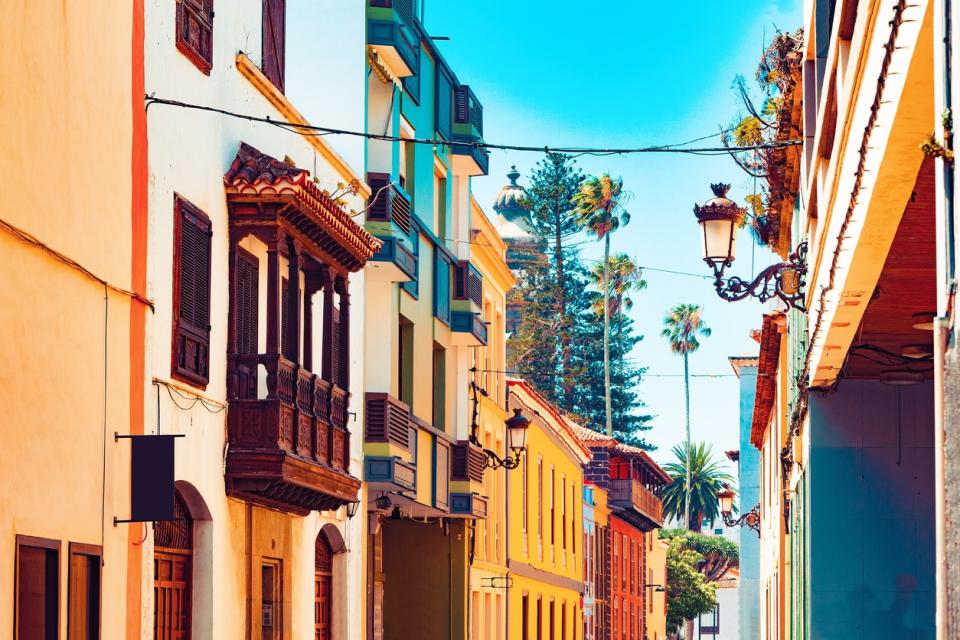
4. Beach beauty
Legend sometimes has it that, due to their volcanic origins, the Canary Islands are bereft of good beaches. This certainly isn’t true on the Costa Adeje, one of Tenerife’s south-westerly hotel heartlands, where Playas del Duque and de Torviscas greet the Atlantic as broad sweeps of sand. And it definitely isn’t true in the far north-east of the island, where Playa de las Teresitas is a grand arc of amber. True, there is some trickery involved – that soft seafront powder has been imported from the Sahara. But no matter. It looks amazing.
5. Name that dune
Somewhere deep in its lava-born psyche, Gran Canaria may glance at Playa de las Teresitas’ Saharan transplant, and smile smugly. Tenerife’s neighbour to the east has no need to import sand – at least, not at its southern tip, where the Maspalomas Dunes are all but a mini-desert in their own right. Formed by centuries of erosion of a submerged marine shelf, they sit piled on the Atlantic’s edge. Children can run up or roll down them for hours, parents can keep a watchful eye from ridges where the wind’s urgency leaves ripples in the dust, and there are ice creams to be eaten afterwards along Playa del Ingles.
6. Crater expectations
Most visitors to Gran Canaria stick to the shoreline. Those who hire a car and drive the admittedly twisting roads to its volcanic heart encounter geography to thrill the soul. There beneath the twin gaze of the island’s highest peaks – Pico de las Nieves and Morro de la Agujereada – the land plunges precipitously into the central caldera. And the village of Tejeda clings to the side, an implausible proposition of box-chapels and pretty houses, defying the abyss. The sunset here is to be savoured – maybe over an almond-heavy slice of Vilana cake from Dulceria Nublo on Calle Dr Domingo Hernandez Guerra.
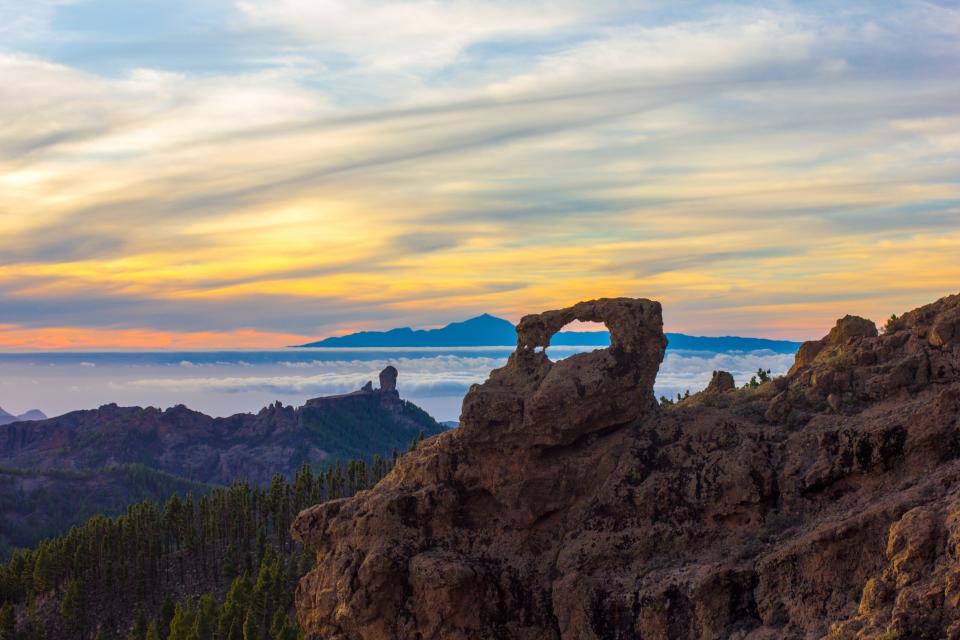
7. Delightful desolation
Lanzarote shows off its seismic DNA in rather more brutal fashion. Shaping much of the south-west flank of the island, Timanfaya National Park (see miteco.gob.es/es/red-parques-nacionales) is not so much a huge crater that belched out an ancient eruption as the barely cooled result of rather more recent activity. Its plains of lava and upthrusts of basalt are the fruit of a giant volcanic temper tantrum that raged from 1730 to 1736 – a heartbeat ago in geological terms. Access is strictly controlled (guided tours only). The landscape is fantastically dark – an ashen hellscape where the camera and the eye linger.
8. Hail Cesar
Anyone who took a package break in the Eighties will recall the term “Lanza-grotty”. It is the most laughable description for an island that has resisted the urge to build colossal hotels with a rare discipline. In large part, this is thanks to César Manrique – the artist-architect and son of its soil who, in the Sixties, laid out a blueprint for its development that would not damage its beauty. He succeeded, and added gorgeous embellishments of his own, bending his birthplace’s fiery roots to his own will (see cactlanzarote.com). In the Jameos del Agua, he turned a long lava tube into a sequence of reflecting pools and an auditorium; his Mirador del Rio is a viewpoint-gallery carved into the raw volcanic rock.
9. Amazing grace
The Mirador del Rio stares admiringly at Lanzarote’s neighbour La Graciosa. One of the Atlantic’s true secrets, this tiny outcrop is so small – five miles by two-and-a-half – that it scarcely registers in general perception of the archipelago. Indeed, it did not become the official eighth Canary Island until 2018. But despite this elevation, it is still only faintly sketched on the map, with a population of just 700, and no paved roads. Nonetheless, it makes for a lovely day trip from its sibling, via a half-hour ferry crossing of the El Rio Strait from Orzola (lineasromero.com). That there is little to do once you arrive beyond sinking your toes into deserted beaches – such as Playa de la Cocina – is all part of the charm.
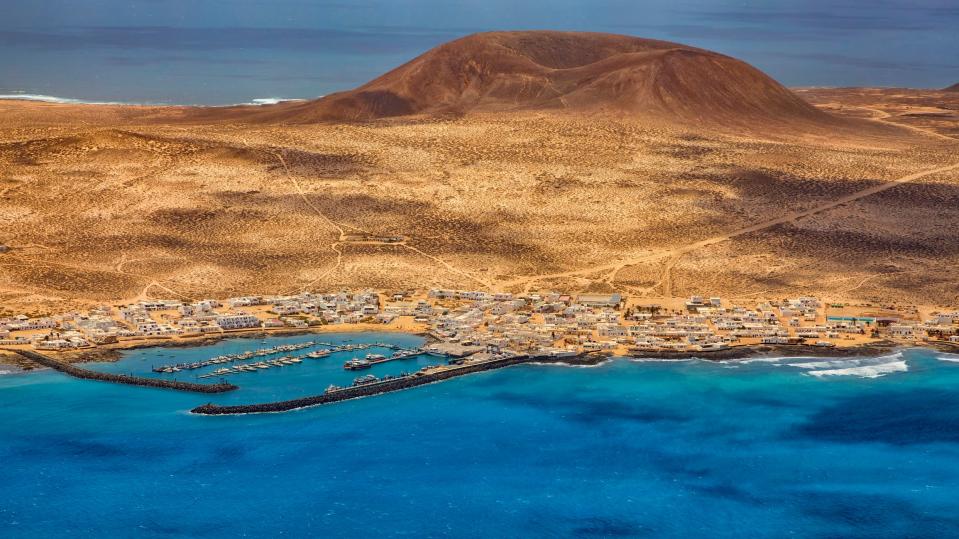
10. Stars aligned
Cast somewhat adrift in the north-west of the archipelago, La Palma revels in a happy distance that finds its most glorious consequence in the visibility of the firmament above. At 7,949ft, its summit is second only to Mount Teide in terms of Canarian altitude, and has long been home to telescopes that monitor the skies through the clarity of air that the elevation affords them. But while the likes of the Observatorio del Roque de los Muchachos conduct serious beyond-the-solar-system business, the view is also open to visitors. La Palma Astronomical Tours (lapalmastars.com/en) offers a range of celestially minded excursions – including a two-hour stargazing safari.
11. Beam me up
La Palma’s semi-isolation lends itself to one of the Canaries’ most striking retreats. The Faro de Punta Cumplida has warned passing ships of the north coast’s sharp teeth since 1867 – and has continued in this role since the spring of last year, when it was converted into a luxury hotel. With just three suites, the property delights in its remoteness, the lighthouse’s 28-mile beam calling guests to its door as it probes the empty horizon. See floatel.de/en/hideaways/faro-cumplida.
12. Whooshing waves
The second-largest island, Fuerteventura presents 189 miles of coastline to the Atlantic’s insistence. Nowhere does it do so to more adrenalised effect than in its far north-east, where favourable winds and tireless tides make Corralejo a surfing haven. Kailua Surf School (kailuasurfschool.com) is one of several options in town for visitors who want to hone their board skills.
13. Forest forays
La Palma wears its magma-born tensions openly in its central Caldera de Taburiente, but offers a variation on the scorched volcanic template in its Bosque de Los Tilos – a laurel forest that swarms across the north-east of the island in a leafy blur of canopy-swaddled trails and trickling waterfalls. Indeed, this whole portion of the island is worth exploring on foot and in depth. Isla Bonita Tours (islabonitatours.com) runs a weekly Enchanted Forest guided hike that does just this over the course of five hours.
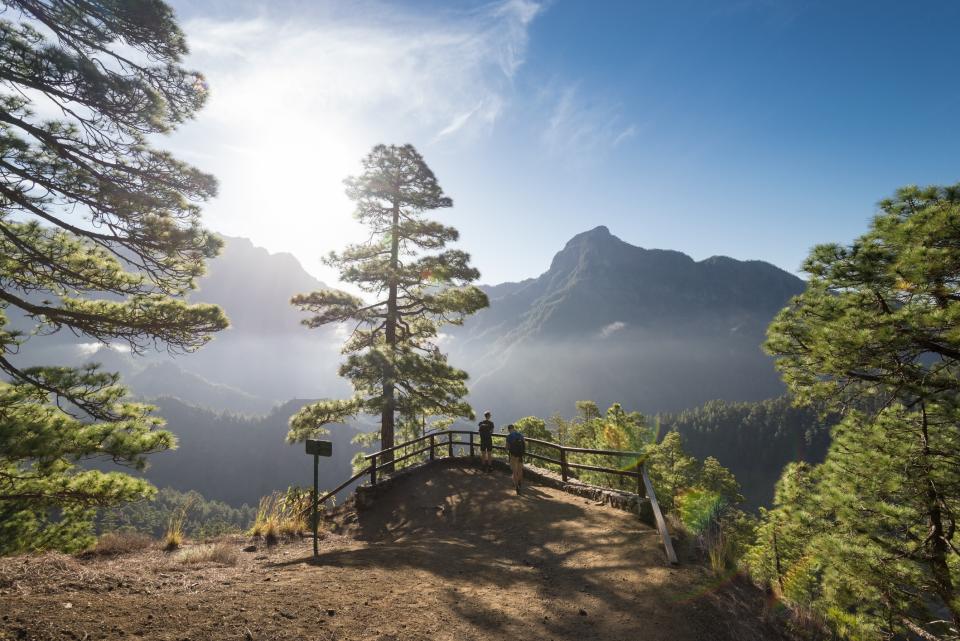
14. Silence on the sand
Fuerteventura would argue that it can more than match Tenerife’s best beaches – while stressing that some of its stretches of shoreline are considerably quieter. This is especially the case in the south, where the Jandia peninsula flicks out like a cat’s tail, and Playa de Cofete runs for seven wild and uninterrupted miles. Hellocanaryislands.com does not pretend that the beach isn’t out on a limb, saying that “reaching Cofete is not easy; the road is made up of dirt and rocks, with difficult sections, but is surmountable if [you are] skilled”. If that sounds captivating rather than cautionary, hire a four-wheel drive and go.
15. Splash landings
The child that does not want to throw itself down a plastic tube on a hot day has not yet been born – and the Canaries boast several sites in which kids can do so when health regulations permit. Not all have reopened, but Tenerife’s Aqualand Costa Adeje (aqualand.es) has.
16. Reliable wrinkles
Canarian cuisine ranges from the expected (all manner of fresh seafood) to the splendidly specialist (the majorero goat cheese that originated on Fuerteventura). But the stodgy staple of its dinner table is papas arrugadas – literally, “wrinkly potatoes”. A far more delicious dish than it sounds, it sees the humble root vegetable boiled in heavily salted water and served with its skin on, normally in a “mojo” sauce of red peppers and paprika.
17. Bacchus’s best
Canarian wine can be remarkably quaffable – so much so that it is protected by 10 separate DOCs (Designations of Origin). You will find it in good measure on restaurant menus – but also in the vineyards around the islands. In normal times, Bodegas Bentayga (bodegasbentayga.com) and Bodegas Las Tirajanas (bodegaslastirajanas.com) are both open to the public on Gran Canaria, while La Geria (lageria.com) and Tierra de Frontos (frontos.es) fill visitors’ glasses on Lanzarote and Tenerife respectively. La Palma grasps the grape at its Museo del Vino, in Las Manchas (details on the island’s tourism website).
18. Little wonders
You might overlook El Hierro. Most do. It receives 20,000 visitors a year. To put that in context, Tenerife welcomes five million. But those who venture to the most southerly of the main islands find much to divert them. Calm and quiet in villages such as Sabinosa; long trails across a lonely landscape. Inntravel (01653 617001; inntravel.co.uk) is offering El Hierro, the Last Outpost – a one-week hiking break that explores its subject at a gentle pace. From £915 a head – including regional flights from Tenerife (but not from the UK).
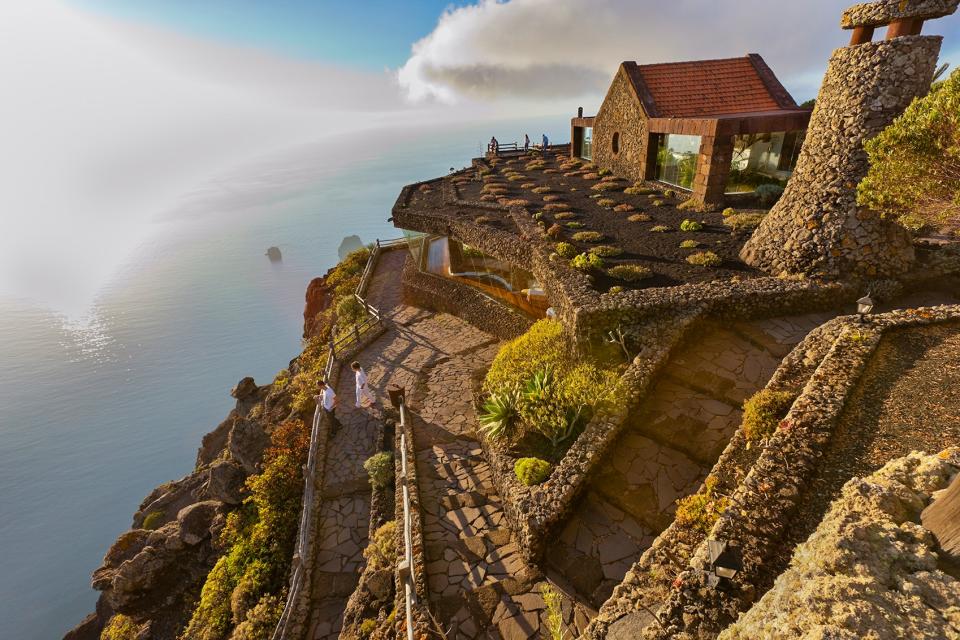
19. Brush strokes
Though slightly larger, La Gomera is similar to El Hierro in that it provides pastoral places for peaceful wanderings. Macs Adventure (0141 530 5452; macsadventure.com) sells an eight-day walking trip from £725 a head, not including flights (again, initially to Tenerife). Alternatively, its volcanic majesty can be absorbed at the easel. If you can wait for 2021, Responsible Travel (01273 823700; responsibletravel.com) has a one-week La Gomera Painting Holiday scheduled for March 4, from £1,895 per person (flights extra).
20. Carnival cacophonies
While it is not a consideration for summer, the Canaries offer a take on Mardi Gras that will surprise those who think such merriment only happens in New Orleans and Rio. Each island does things differently. Gran Canaria hosts a drag-queen parade in Las Palmas (lpacarnaval.com); Santa Cruz de Tenerife rounds off more than a week of festivities with a mock funeral procession for a papier-mâché sardine, and a weekend of piñata smashing and fireworks (carnavaldetenerife.com). Most idiosyncratic, however, is Dia de Los Indianos on La Palma – a mad day (generally the Monday) where carnival-goers throw talcum powder at each other. Shrove Tuesday takes place on February 16 next year – let us pray things are normal enough by then for the party to get the green light.
• Read more: The best hotels in Tenerife

